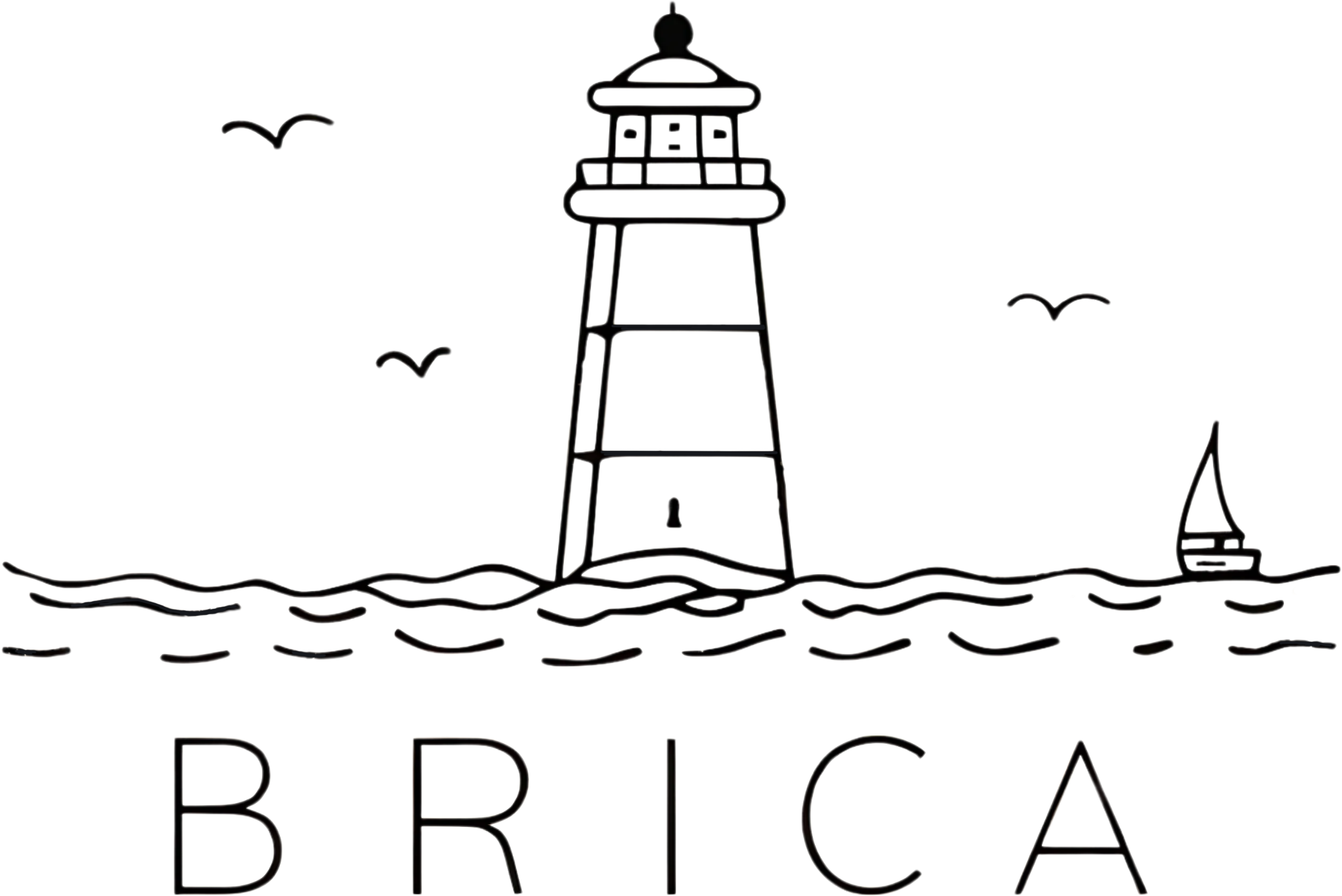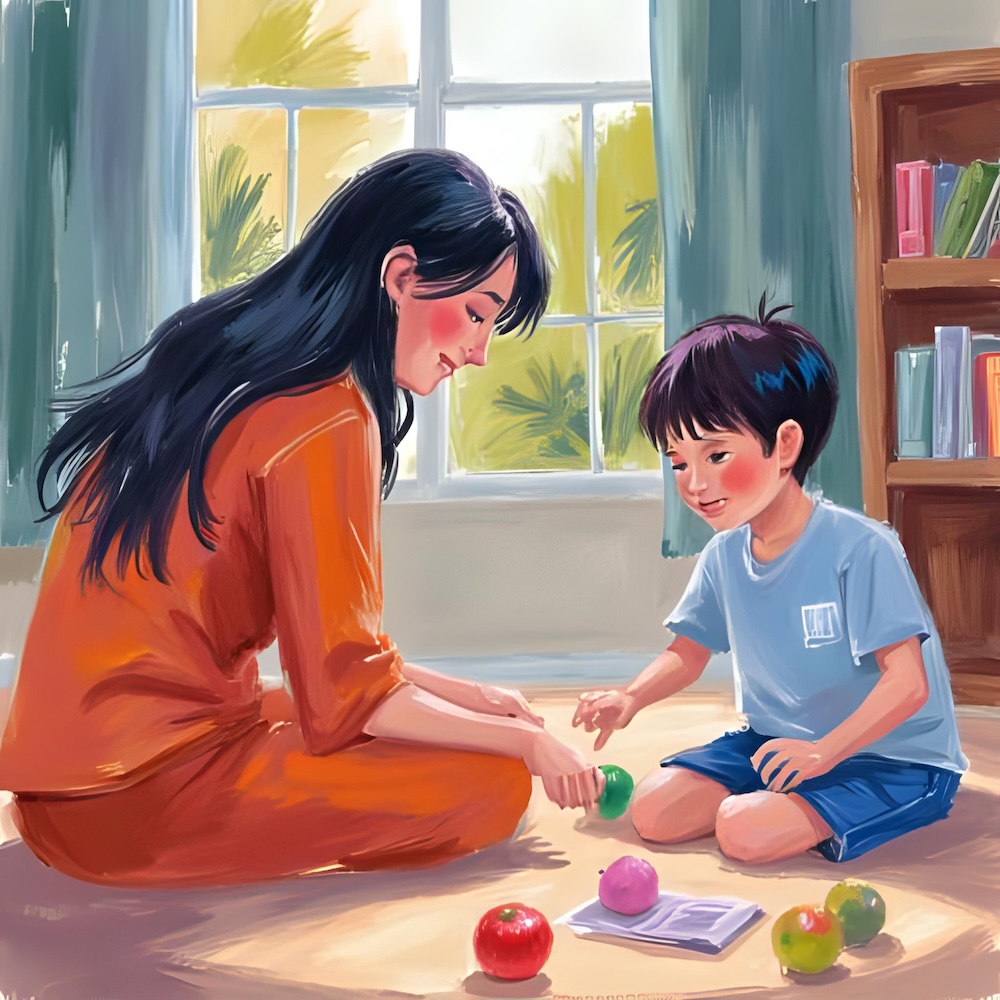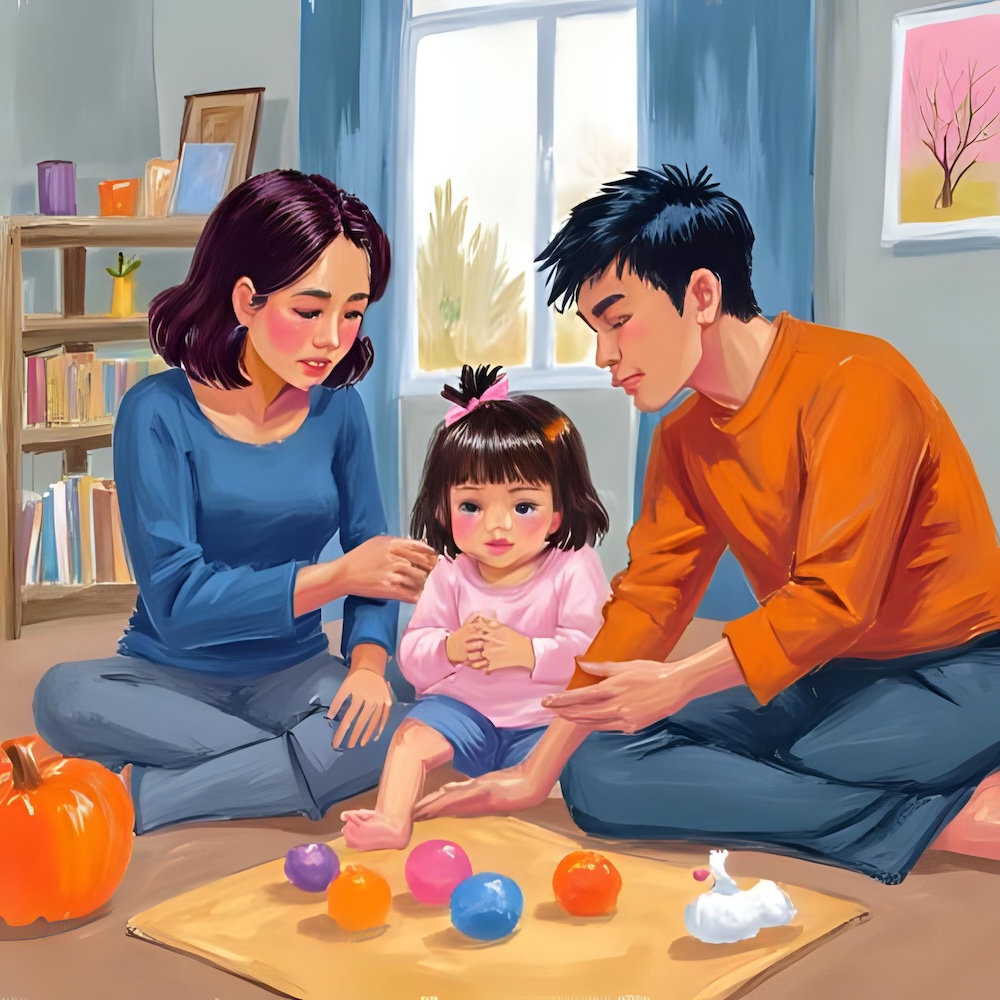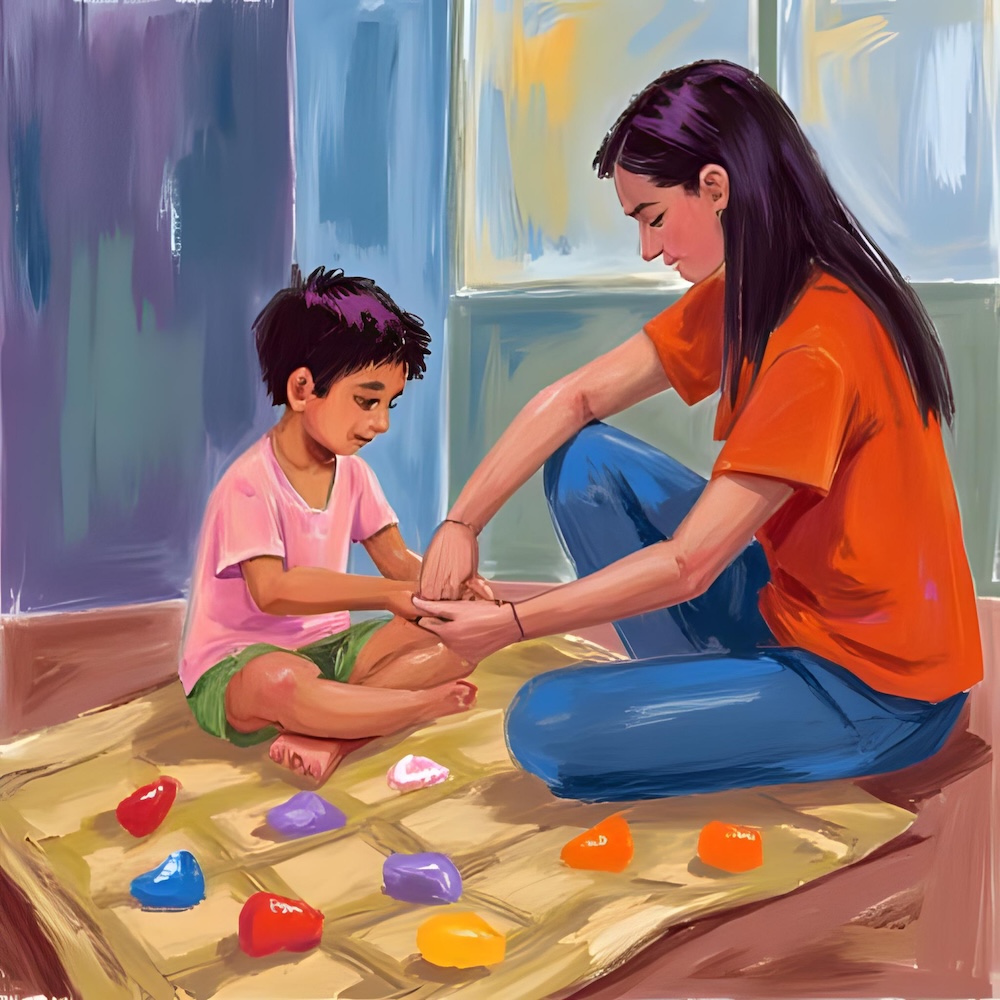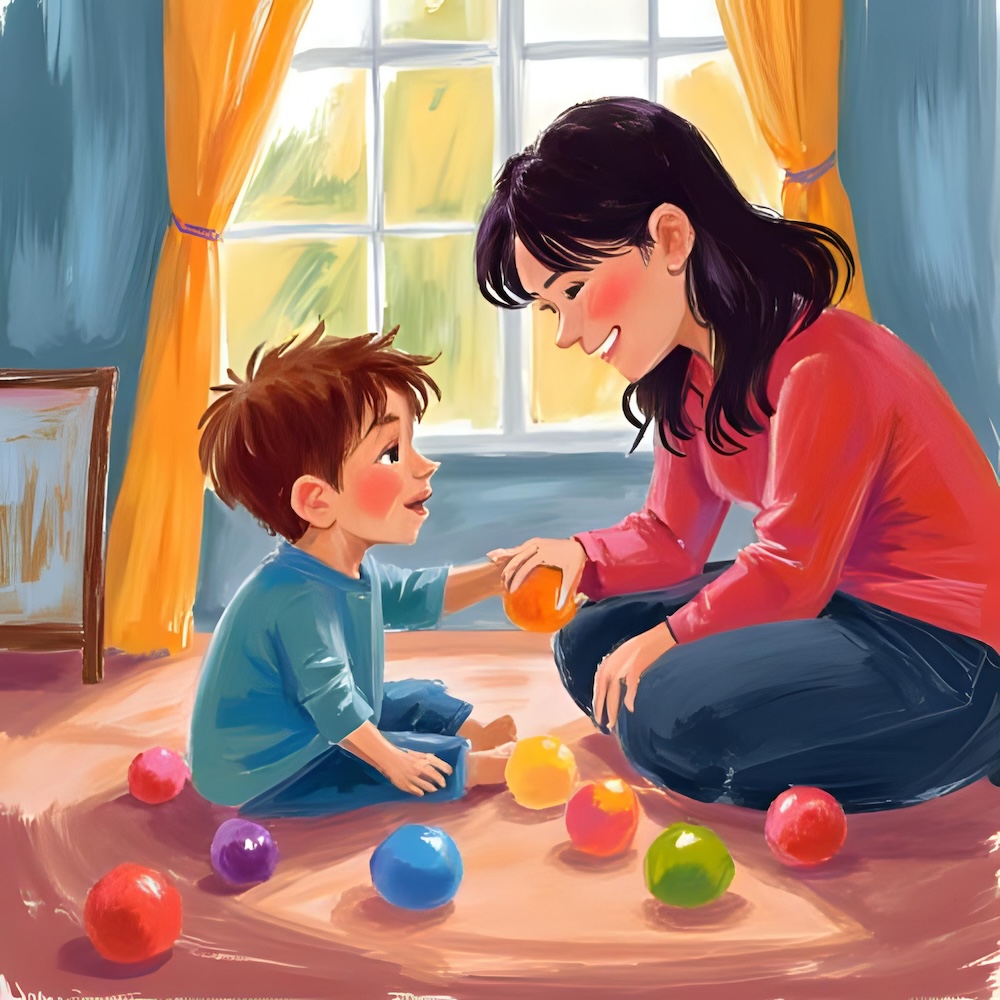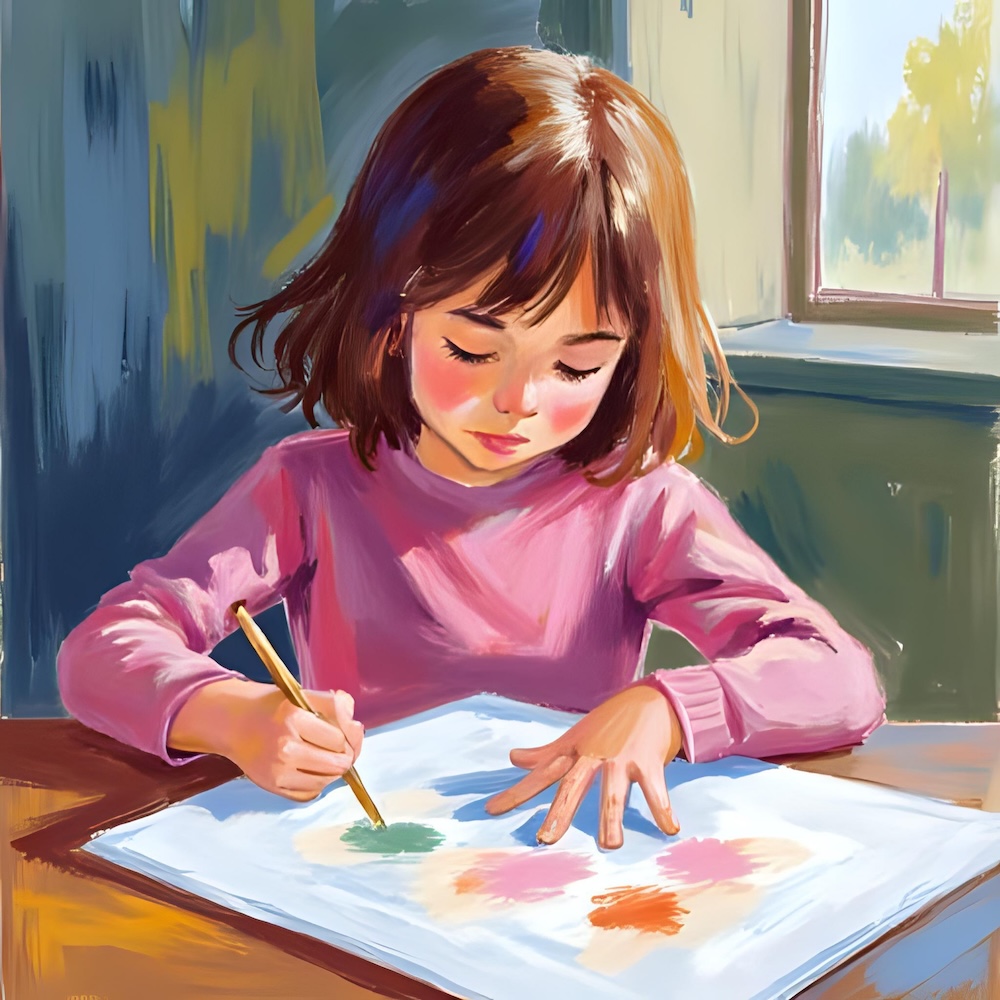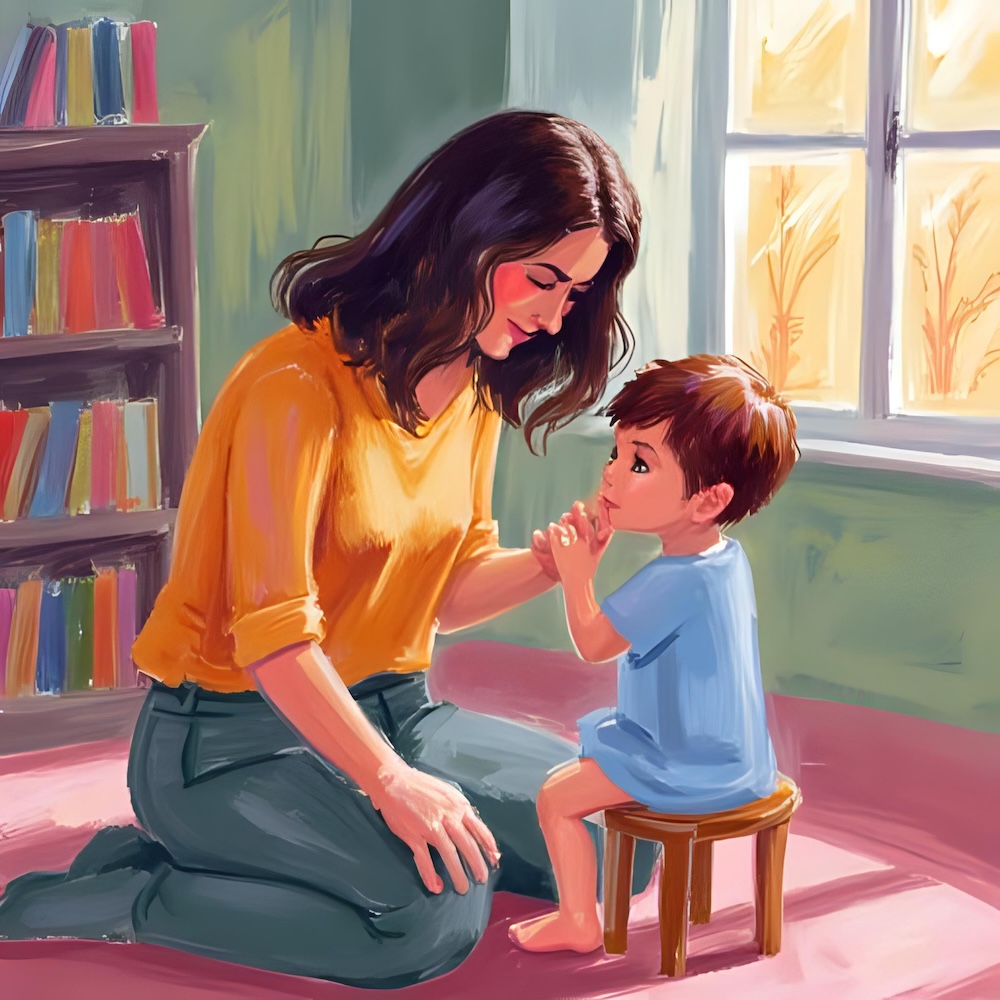Filial therapy is a family-based therapy approach that aims to deepen the parent-child relationship. In this method, parents are taught how to interact effectively with their children through structured play sessions. Through this process, parents can better understand their children's emotional needs and develop a supportive relationship.
How is Filial Play Therapy Applied?
Filial therapy aims to strengthen family communication, increase emotional security, and reduce conflict. Parents learn to approach their children with greater sensitivity and understanding, which strengthens family bonds. This method offers a particularly effective solution for families experiencing communication difficulties and helps children meet their emotional needs in a healthier way.
Trauma-Focused Integrative Play Therapy (TFIPT), developed by Eliana Gill, is a structured therapy model specifically designed for children who have experienced trauma. It was created to support children coping with post-traumatic stress disorder (PTSD) and similar traumatic symptoms.
This therapeutic approach helps children make sense of their difficult experiences and express them safely. Sessions structured with play and creative expression techniques support children’s emotional resilience and contribute to the healing process.
Key Features of TFIPT
Play-Based Intervention
Play, one of the most natural ways for children to express themselves, is used as a primary tool in this therapy. Through play, children have the opportunity to indirectly express their emotions and traumas.
Holistic Perspective
TFIPT works with a multidimensional approach that considers not only the child’s psychological but also physical and emotional processes. This approach supports recovery by focusing not only on symptoms but also on the child’s overall needs.
Trauma-Focused Structure
This therapy model is specifically structured to reduce the impact of traumatic experiences on children. TFIPT helps children process their past experiences safely.
Safe Therapeutic Space
Children feeling safe is a fundamental element for the therapy process to progress effectively. TFIPT provides a secure environment where children can openly express themselves.
Collaborative Relationship
The empathetic and supportive relationship established between therapist and child forms the foundation of the therapeutic process. The therapist responds sensitively to the child’s needs and shapes the therapy accordingly.
